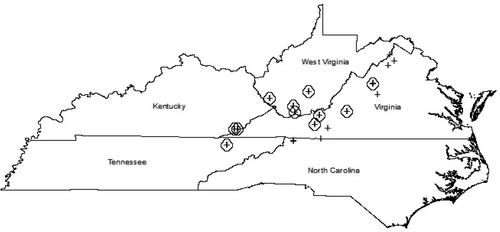Significant challenges in the provision of safe drinking water and appropriate, effective sanitation remain in the United States, particularly among communities with few financial resources and/or situated in challenging terrain. Though previous formal research is limited, anecdotal reports suggest that some households in Appalachia may rely on untreated, unregulated roadside “springs” as a primary source of potable water. This effort monitored the water quality at twenty-one of these springs in Central Appalachia and identified potential motivations for this behavior through volunteer surveys in order to better define community challenges and to establish communication for future outreach. The majority (>80%) of spring samples collected were positive for E. coli, indicating a potential risk of exposure to waterborne pathogens; measured concentrations of metals and nutrients were generally in accordance with USEPA recommendations for drinking water. Survey respondents generally had a piped source of in-home water available yet primarily collected the water due to “taste” and “quality/health” and used it directly for drinking. Multiple respondents included extra written information indicating that they either did not trust their in-home water source or considered it unreliable. Collectively these results suggest that these roadside springs do serve as a regular source of household water for some communities though they generally do not meet federal drinking water standards. Future efforts are encouraged to work with local municipal water authorities to rebuild community trust and/or to determine whether on-site treatment at these springs is practicable.



